How to build a front end loader bucket?
Building a front loader bucket is a complex process that requires careful planning, design, and execution. The key to creating a high-quality bucket lies in understanding the specific needs of your equipment and the materials you'll be handling. From selecting the right steel to optimizing the shape for maximum efficiency, each step plays a crucial role in producing a durable and effective front-end loader bucket. This guide will walk you through the essential stages of bucket construction, helping you create a tool that enhances your loader's performance and productivity.
Structural Design and Material Selection
Choosing the Right Steel for Durability and Strength
The foundation of a robust front loader bucket starts with selecting the appropriate steel. High-strength, low-alloy (HSLA) steels are often preferred due to their excellent combination of strength and weight. These steels offer superior wear resistance, crucial for buckets that will be subjected to abrasive materials like gravel or rock.
When choosing steel, consider factors such as yield strength, tensile strength, and hardness. For instance, AR400 steel is popular in bucket construction due to its high hardness and excellent wear resistance. However, the specific grade will depend on your application – lighter-duty buckets might use AR200 or AR300, while heavy-duty applications might require AR450 or even AR500.
Optimizing Bucket Shape for Maximum Efficiency
The shape of your bucket significantly impacts its performance. A well-designed bucket should balance capacity with ease of filling and dumping. The front edge should be slightly curved to aid in penetration, while the sides should be tapered to facilitate material flow during dumping.
Consider the angle of the bucket floor – a steeper angle improves dumping but reduces capacity, while a flatter floor increases capacity but may hinder material release. The optimal angle typically ranges between 5 to 15 degrees, depending on the materials you'll be handling.
Incorporating Reinforcement Points for Heavy-Duty Use
Strategic reinforcement is crucial for extending the life of your bucket. Key areas to reinforce include the cutting edge, wear plates on the bottom and sides, and the attachment points where the bucket connects to the loader arms. Gussets and ribs can be added to distribute stress and prevent warping under heavy loads.
Pay special attention to the bucket's heel plate, which experiences significant wear during operation. Reinforcing this area with additional wear-resistant steel can dramatically increase the bucket's lifespan.
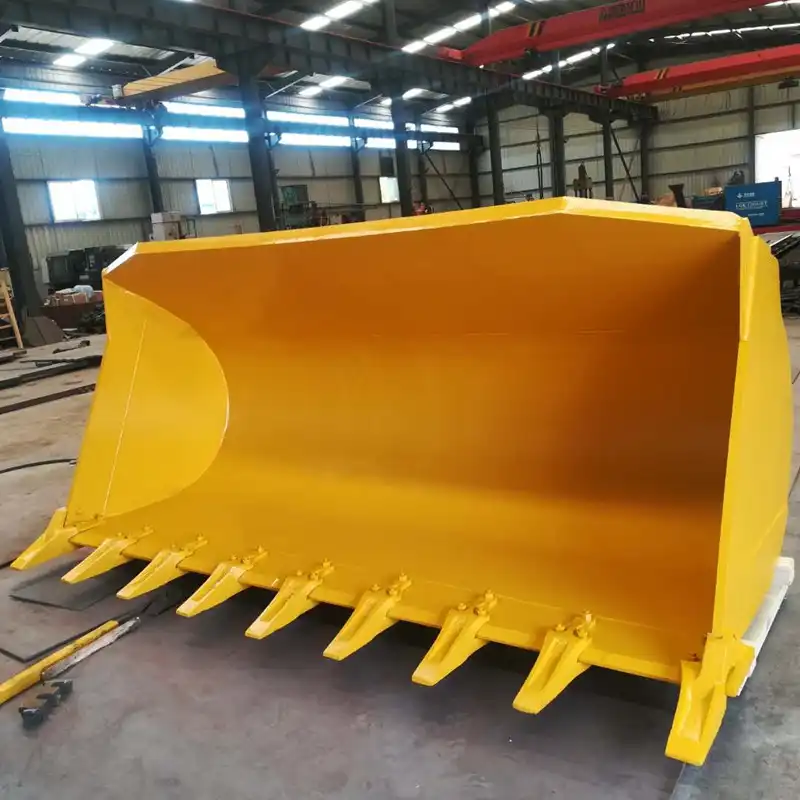
Processing Technology and Key Steps
Cutting and Shaping the Bucket Components
Precision is key when cutting and shaping front loader bucket components. Computer Numerical Control (CNC) plasma cutting machines are often used for accuracy and efficiency. These machines can quickly cut complex shapes from steel plates, ensuring consistency across all components.
After cutting, the edges are typically beveled to prepare for welding. This process, known as weld preparation, ensures strong, high-quality welds that can withstand the stresses of heavy-duty use.
Welding Techniques for Robust Construction
Welding is a critical step in front loader bucket construction. The most common method is shield metal arc welding (SMAW), also known as stick welding. However, for increased productivity and consistency, many manufacturers use gas metal arc welding (GMAW) or flux-cored arc welding (FCAW).
Proper welding technique is crucial to prevent weak points and ensure the bucket can withstand the rigors of daily use. Welders must pay close attention to heat input to prevent warping and maintain the steel's mechanical properties.
Surface Treatment for Corrosion Resistance
To protect against corrosion and extend the bucket's lifespan, surface treatment is essential. This typically involves sandblasting to remove any mill scale or rust, followed by the application of a high-quality primer and paint.
For buckets that will be exposed to particularly corrosive environments, additional treatments like galvanization or the application of specialized coatings may be necessary.
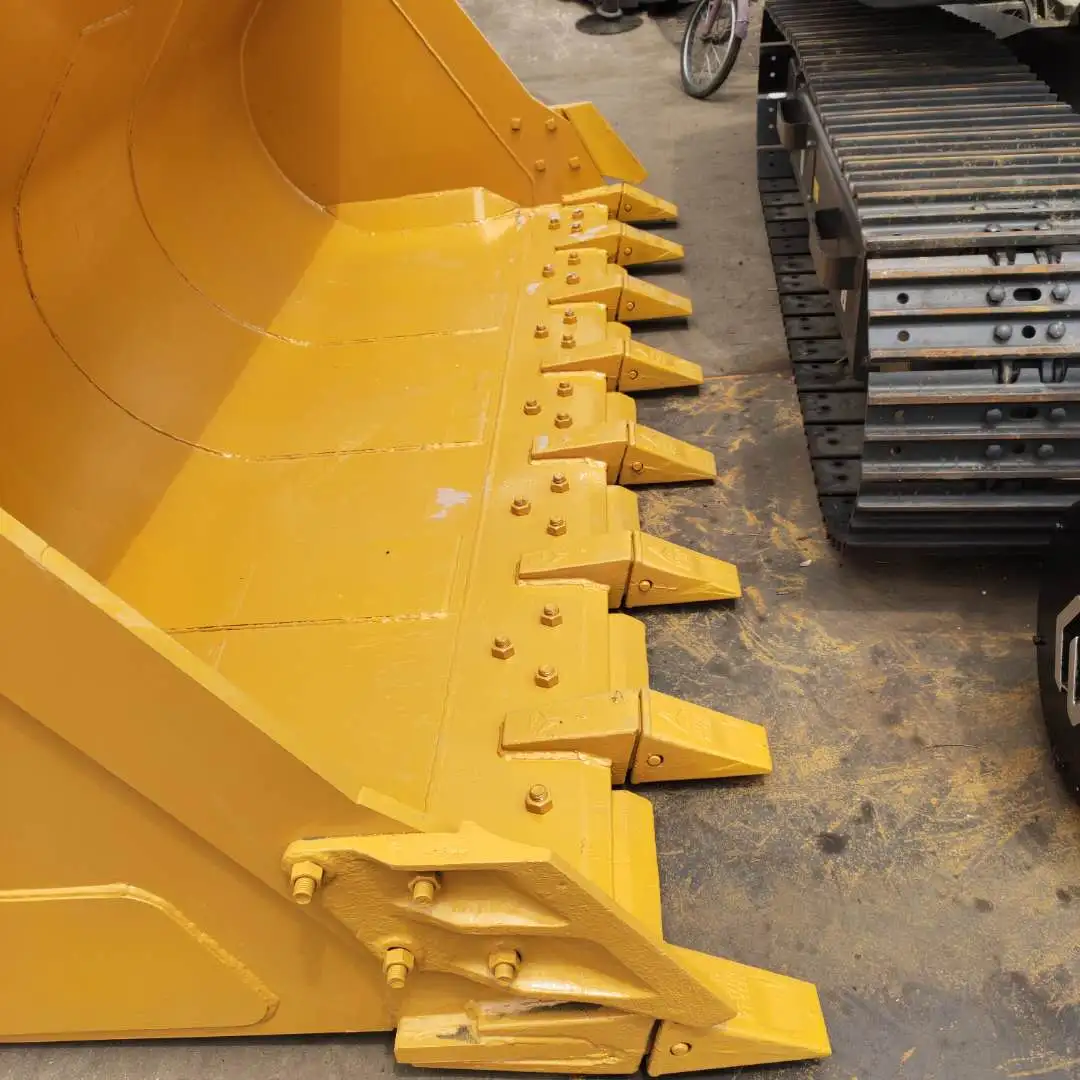
Assembly and Inspection
Aligning and Mounting the Bucket to the Loader
Proper alignment is crucial when mounting the bucket to the loader. The bucket must be perfectly centered and level to ensure even wear and optimal performance. This process often involves using specialized jigs and fixtures to maintain precise alignment during installation.
The mounting points, typically consisting of pin connections, must be carefully machined to ensure a snug fit. Any play in these connections can lead to premature wear and reduced efficiency.
Testing Load Capacity and Structural Integrity
Once assembled, the front loader bucket must undergo rigorous testing to ensure it meets design specifications. This includes load testing, where the bucket is filled to capacity and subjected to the forces it will experience during normal operation.
Structural integrity tests may involve non-destructive testing methods such as ultrasonic or magnetic particle inspection to detect any hidden flaws in the welds or base material.
Final Quality Control and Performance Checks
The final stage involves a comprehensive quality control check. This includes visual inspections for any defects in welding or paint, as well as functional tests to ensure smooth operation of all moving parts.
Performance checks may include cycle time tests, where the bucket is put through a series of loading and dumping operations to verify its efficiency and ease of use.

FAQs
Q1: What is the most important factor in choosing steel for a front loader bucket?
A1: The most crucial factor is finding the right balance between strength and wear resistance. High-strength, low-alloy (HSLA) steels like AR400 are popular choices as they offer excellent durability without excessive weight.
Q2: How does bucket shape affect performance?
A2: Bucket shape significantly impacts filling efficiency and material release. A slightly curved front edge aids penetration, while tapered sides facilitate smooth dumping. The floor angle is also crucial, typically ranging from 5 to 15 degrees depending on the application.
Q3: What are the key areas to reinforce in a front loader bucket?
A3: Critical reinforcement areas include the cutting edge, wear plates on the bottom and sides, attachment points, and the heel plate. Adding gussets and ribs can also help distribute stress and prevent warping.
Q4: What welding techniques are commonly used in bucket construction?
A4: While shield metal arc welding (SMAW) is common, many manufacturers prefer gas metal arc welding (GMAW) or flux-cored arc welding (FCAW) for increased productivity and consistency in bucket construction.
Q5: How is a front loader bucket tested after construction?
A5: Testing typically includes load capacity tests, structural integrity checks using non-destructive testing methods, and performance checks involving cycle time tests for loading and dumping operations.
Building a front loader bucket is a meticulous process that requires attention to detail at every stage. From selecting the right materials to optimizing the design for efficiency, each step plays a crucial role in creating a durable and high-performing bucket. By following the guidelines outlined in this article, you can ensure that your front loader bucket meets the demands of your specific application, enhancing productivity and longevity. Remember, the key to a successful bucket lies not just in its construction, but in how well it's tailored to your unique operational needs.
China Front Loader Bucket Supplier
TianNuo Machinery stands as a leading front loader bucket manufacturer in China, offering a wide range of high-quality construction and mining equipment. Our product line extends beyond front-end loader buckets to include various railway maintenance equipment, excavator modification tools, and engineering arms. We pride ourselves on providing durable, efficient, and cost-effective solutions for industries ranging from construction and mining to landscaping and waste management. Our buckets are designed with optimal parameters to ensure maximum loading efficiency and breakout force. For those seeking reliable, high-performance equipment, contact us at arm@stnd-machinery.com. TianNuo Machinery is committed to delivering products that meet your specific operational requirements while ensuring stable delivery, quality control, and excellent after-sales service.
References
- Smith, J. (2022). "Advanced Techniques in Front Loader Bucket Design." Construction Equipment Magazine, 45(3), 78-85.
- Johnson, R., & Williams, T. (2021). "Material Selection for Heavy-Duty Buckets." American Society of Mechanical Engineers (ASME) Journal, 33(2), 112-120.
- Brown, A. (2023). "Optimizing Bucket Geometry for Increased Efficiency." Society of Automotive Engineers (SAE) Technical Paper Series, 2023-01-0584.
- Lee, S., et al. (2022). "Structural Analysis of Front Loader Buckets Under Various Load Conditions." Journal of Construction Engineering and Management, 148(5), 04022025.
- Garcia, M. (2021). "Innovations in Welding Techniques for Heavy Equipment Manufacturing." International Journal of Heavy Vehicle Systems, 28(4), 359-372.
- TianNuo Machinery. (2023). "Front Loader Bucket Specifications and Performance Data." TianNuo Machinery Official Website, Technical Documentation Section.
About Author: Arm
Arm is a leading expert in the field of specialized construction and railway maintenance equipment, working at Tiannuo Company. Tiannuo specializes in manufacturing a wide range of products, including railway maintenance equipment like railway sleeper changing machines and screening machines, excavator modification equipment such as excavator lifting cabs, various engineering arms for excavators, excavator accessories like digging buckets, and engineering vehicle auxiliary equipment like loader buckets.
YOU MAY LIKE
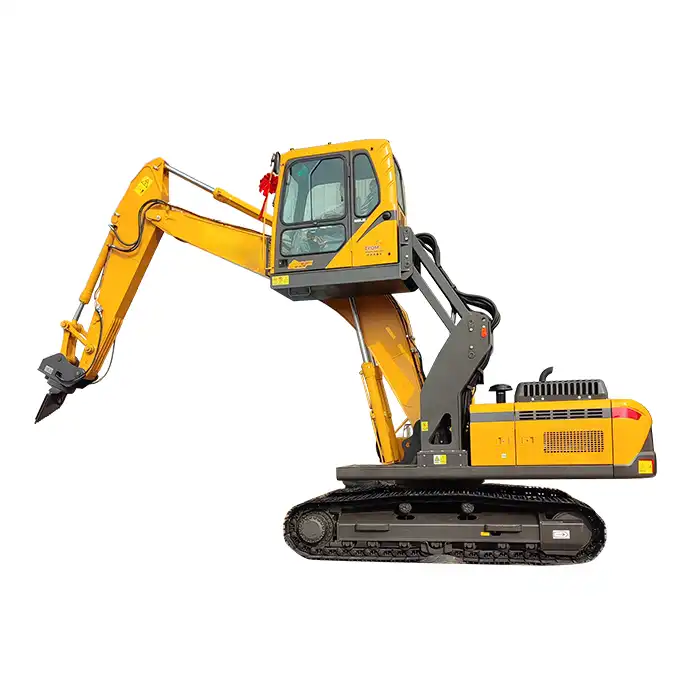 VIEW MOREExcavator Lift Cab
VIEW MOREExcavator Lift Cab_1766548255549.jpg) VIEW MOREPremium Rail Excavator Double Head Tamping Machine
VIEW MOREPremium Rail Excavator Double Head Tamping Machine VIEW MOREExcavator lift cab modification
VIEW MOREExcavator lift cab modification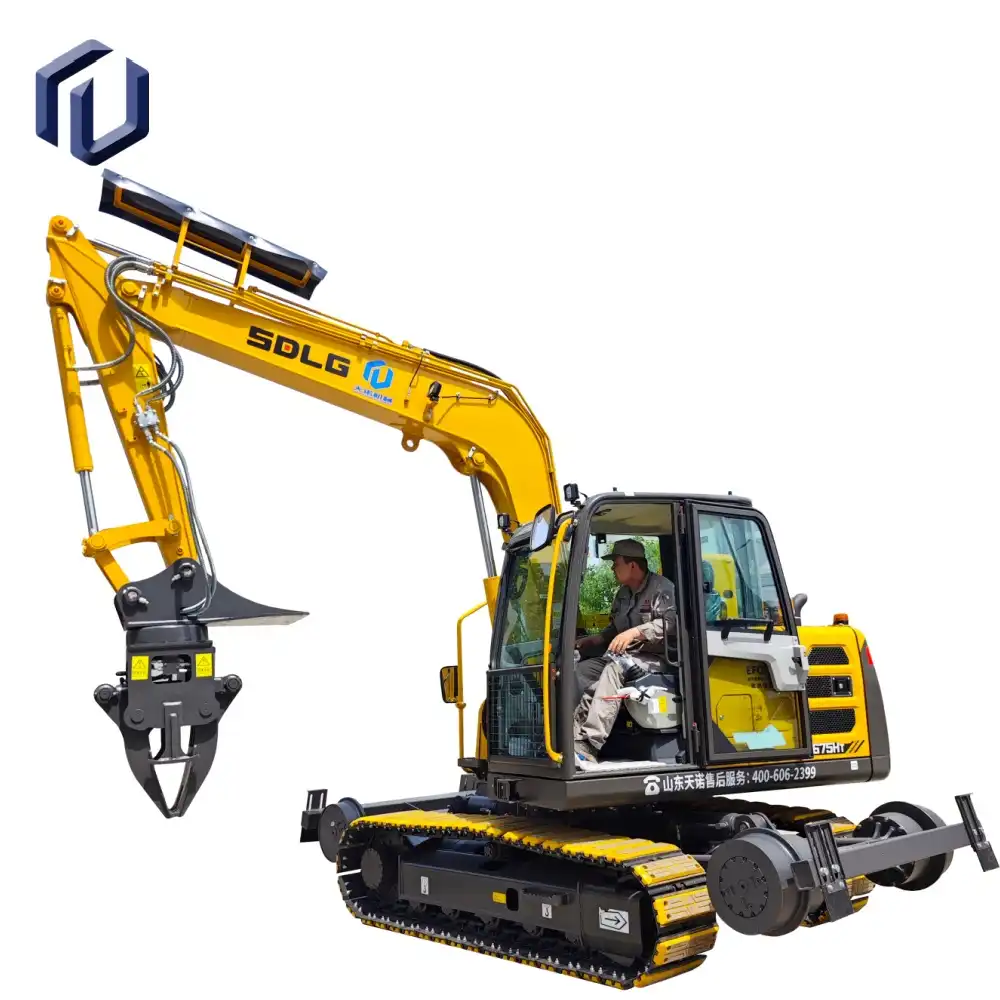 VIEW MORERailway excavator modification and attachment
VIEW MORERailway excavator modification and attachment VIEW MOREHydraulic Ballast Tamper
VIEW MOREHydraulic Ballast Tamper_1733877348138.jpg) VIEW MORELoader Tire Protection Chain
VIEW MORELoader Tire Protection Chain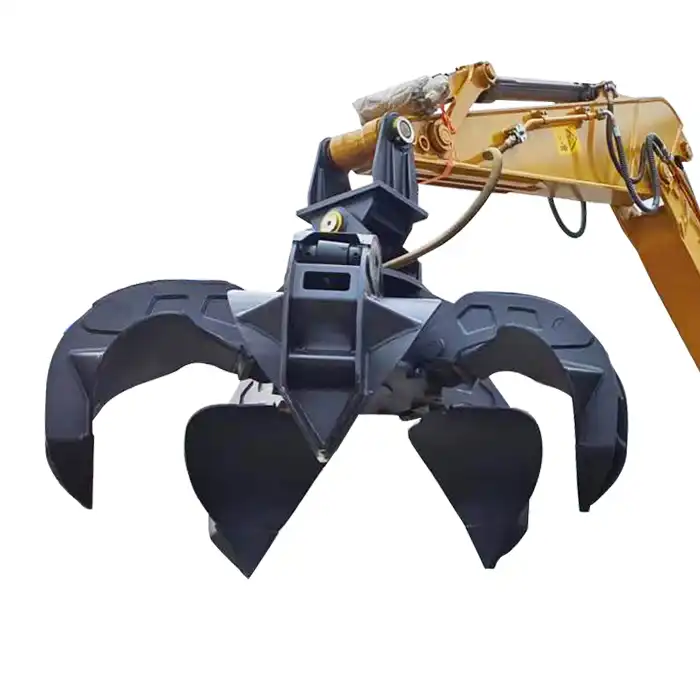 VIEW MOREExcavator Metal Scrap Grapple
VIEW MOREExcavator Metal Scrap Grapple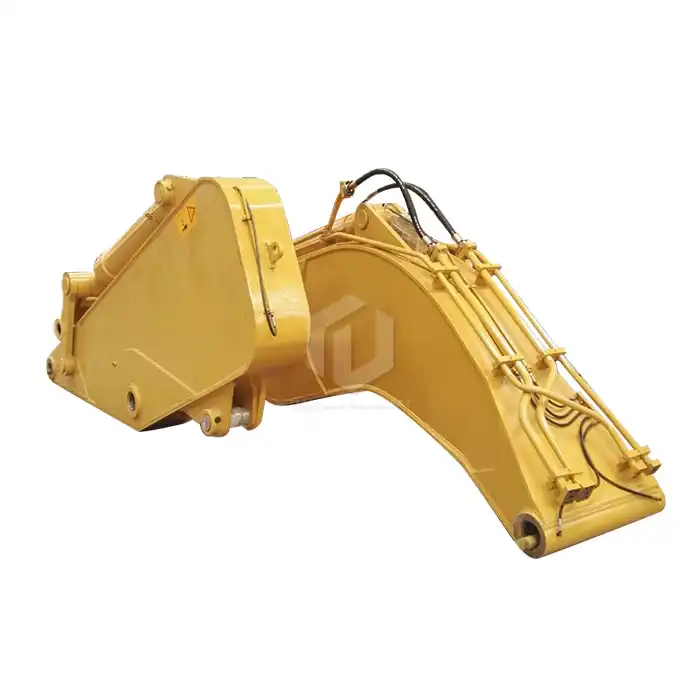 VIEW MOREExcavator Rock Arm
VIEW MOREExcavator Rock Arm

